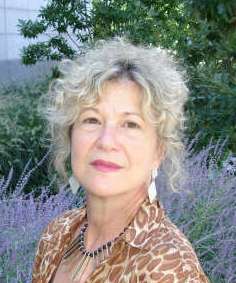
![]()
Pronunciation Corner
Joyce Mandell
 |
| Joyce Mandell |
The Troublesome Sound in “World”
Despite the prominent focus on the suprasegmentals in pronunciation training, there is still ample room for help with difficult segmentals. One word that is almost always mispronounced is the word “world” – and it is a high-frequency word that appears in very many business and academic environments. I have noticed that this word is extremely difficult to pronounce for many students of varied language backgrounds, and for good reason. First of all, many learners see the /o/ in the word and attempt to pronounce “world” as it is spelled – but in fact, the pronunciation is really quite different. Secondly, the close proximity of the /r/ to the /l/ is often tricky for Chinese, Japanese and Korean speakers. Here’s one method I’ve used to help students get closer to a comfortably understandable pronunciation of this word.
First, we need to examine how many different ways the sound of schwa + r can be spelled. Spelling is often deceiving, and I give the learners a list of words that all have the same sound, despite the marked variance in spelling. For example, the sound [er] can be spelled as it appears in words like “her” and “term.” But the same sound will appear in words like “bird” and “furniture” and “word” and “learn” and “courage” – with six completely different spellings. In each of these words, we practice what I call the “er” face – lips pursed and very tight on the sides, tongue very tensed and turned upwards towards the alveolar ridge (but not touching). This takes a good deal of practice, as I find the tense tongue position a very difficult one for many language learners.
Once the learners are competent in producing this sound, we can proceed to tackling the complex sound in “world.” I break this word up into two parts – world becomes two separate sounds - “were” + “erld.” We practice this several times, breaking the word into two distinct syllables (were - erld) until they are easily pronounced in this fashion. This is very similar to teaching someone a complex dance step – break the step up into several simplified movements, practice slowly and independently each step, and then finally put all the steps together to get a fluid combination. In this manner, once the two independent sounds are practiced, we finally put them together to produce the final production of “world” as a complex (but one syllable) word. The tongue gets a real work-out in the production of this sound and many students complain that their tongue muscles hurt after repeated practice. Still, I find that most students are capable of producing a clear version of this word once they’ve worked on it for a while. We then move on to dialogues that include phrases such as “the whole world,” “World War 2,” “world-wide acceptance,” etc. I always do these exercises with mirrors, so students can make sure that their lips are accurately pursed and their tongues tensed. Finally, try to remember that we aim for progress and not perfection - as long as the learners can demonstrate a recognizable improvement I applaud them for their effort and hard work.
_____________________________________________________________________
Joyce Mandell has been teaching speech and pronunciation skills to the non-native speaker for over 15 years, working in a variety of educational and business settings. She is an adjunct at Baruch College in both Continuing and Professional Studies and the Communication Studies Department, where she teaches public speaking. She also works individually with business professionals.
Feel free to contact her with questions or suggestions at dialogue@nystesol.org.
